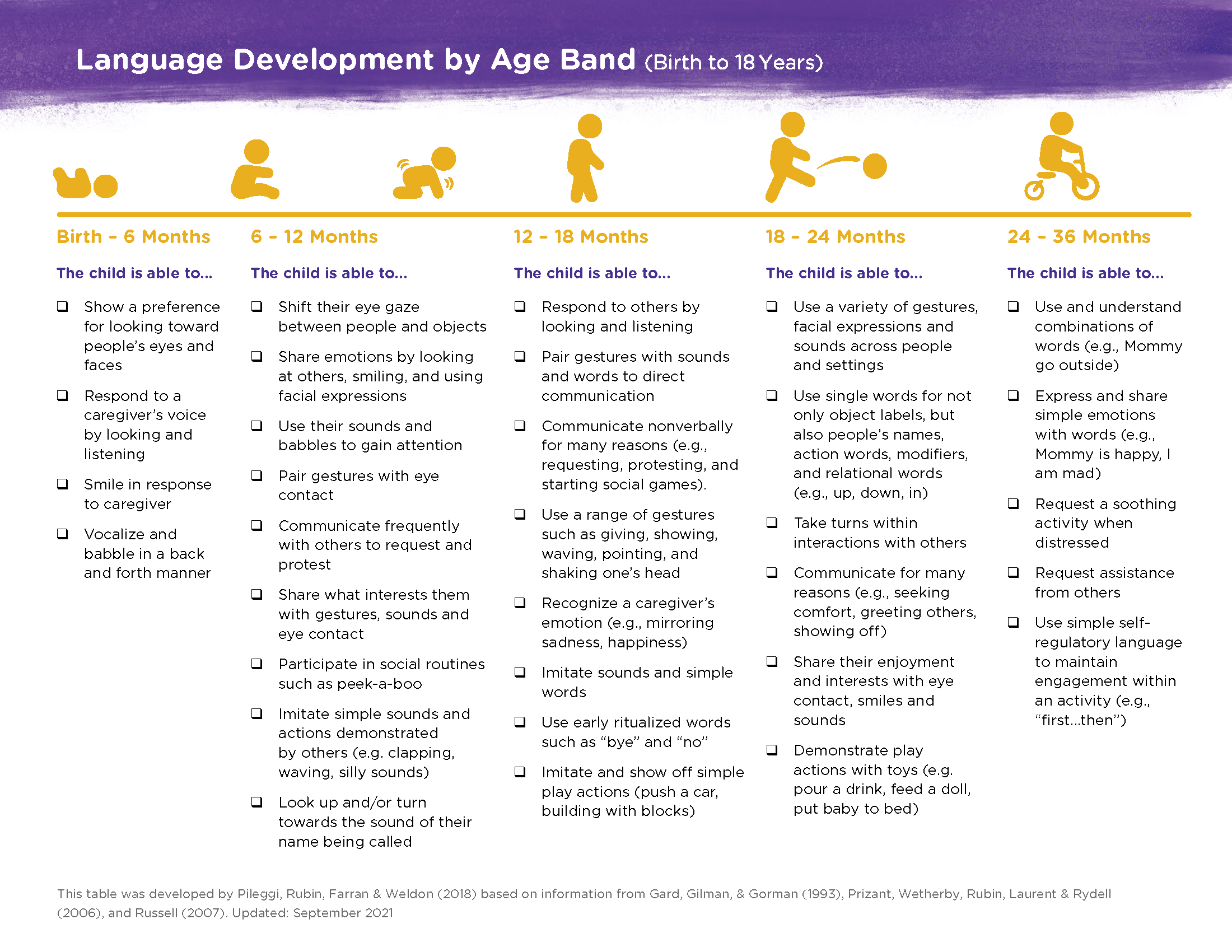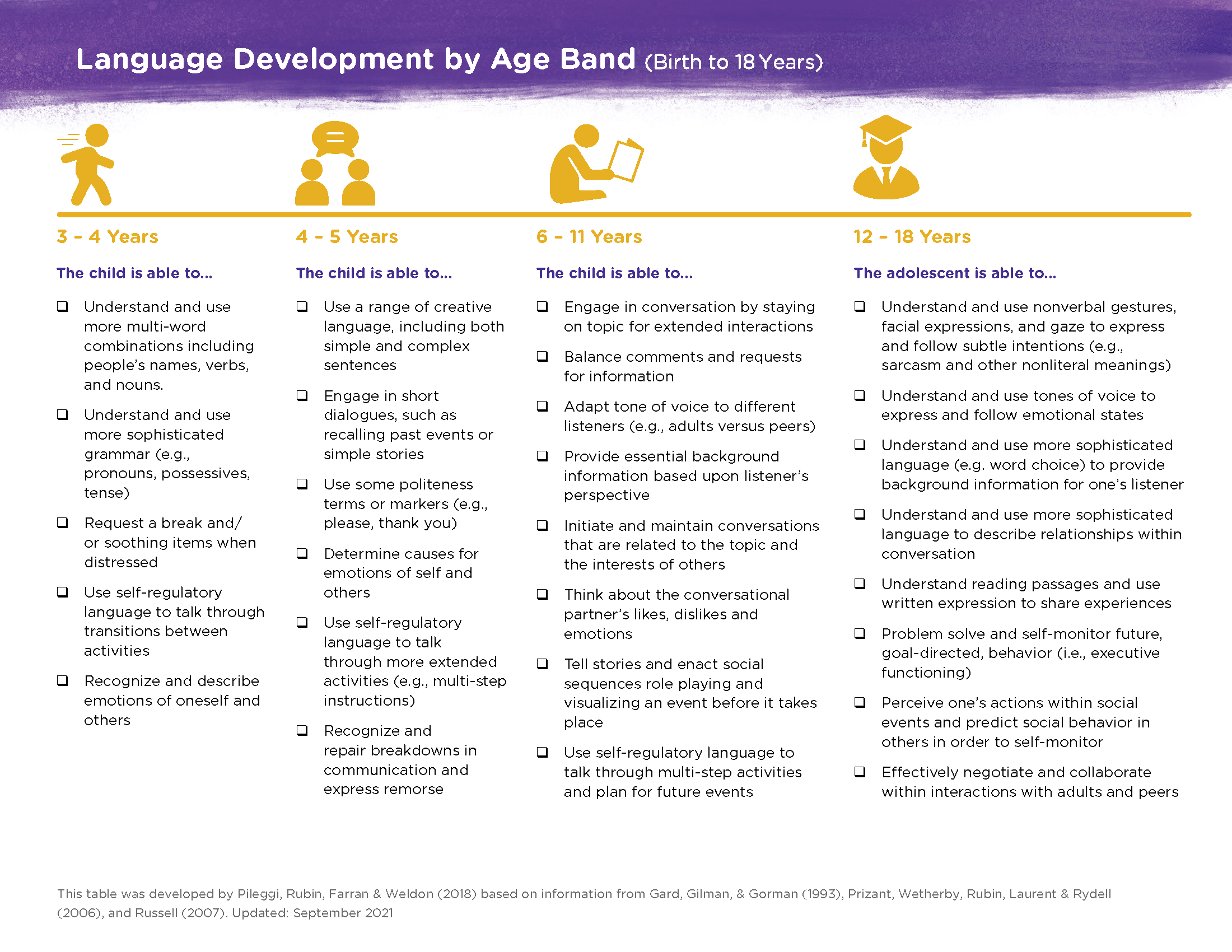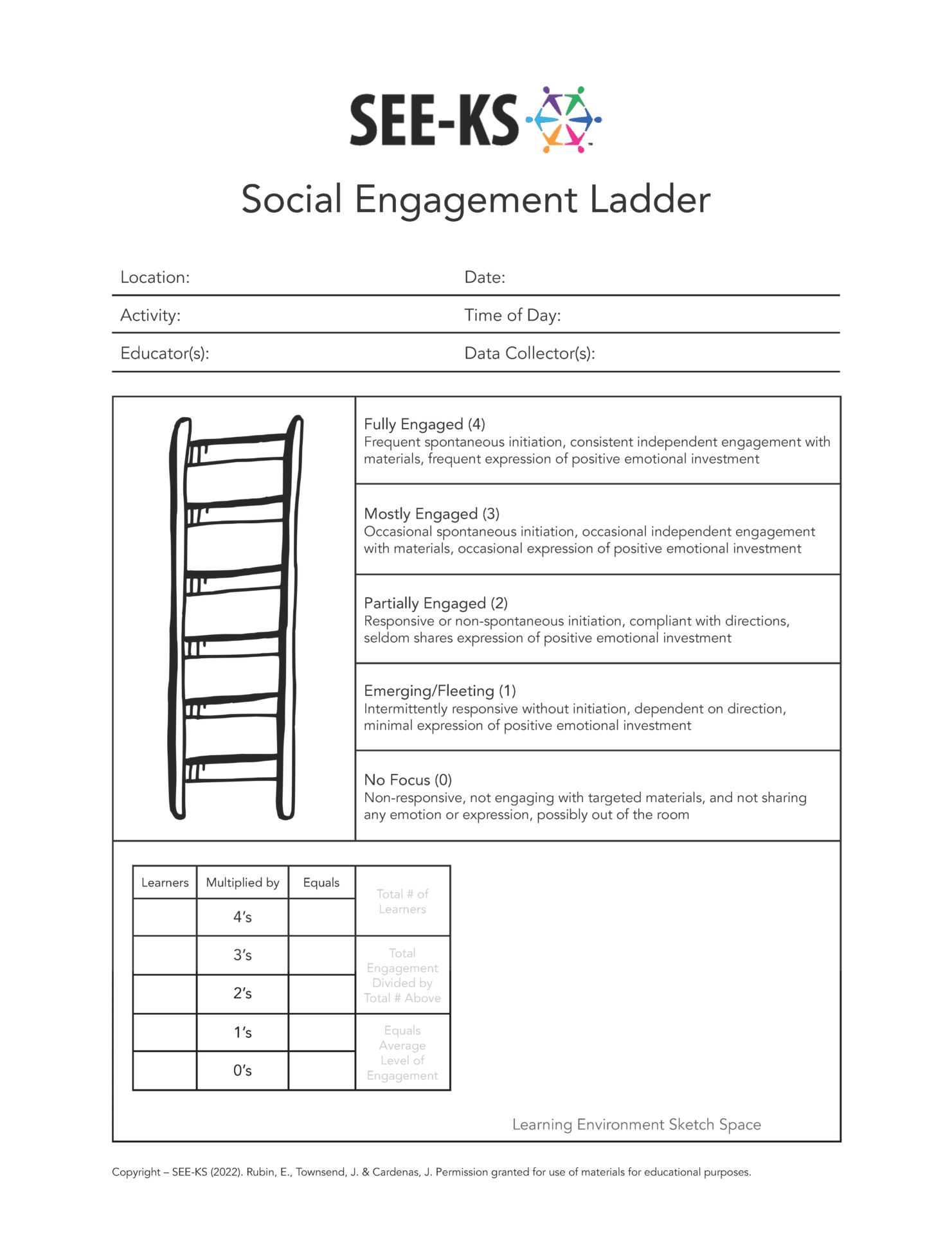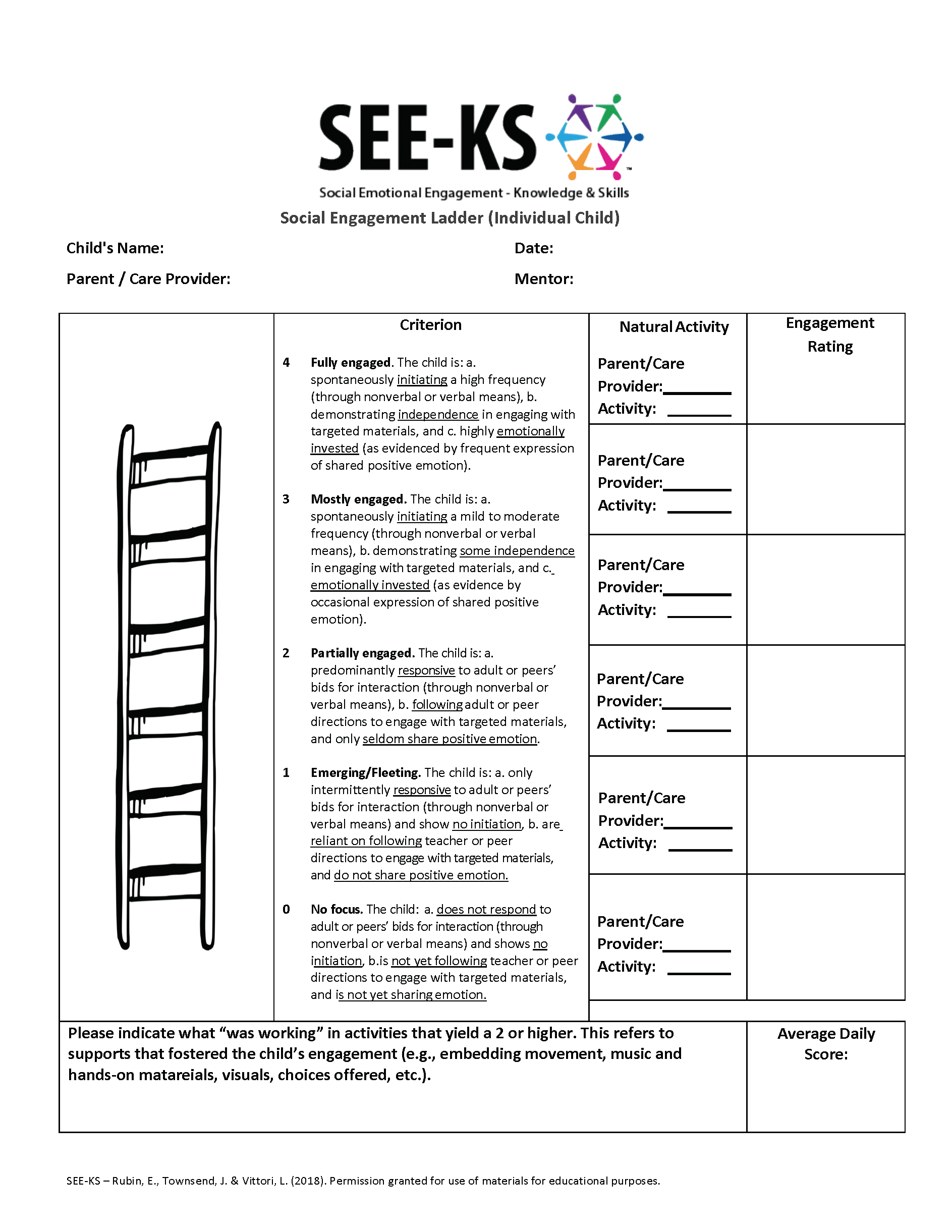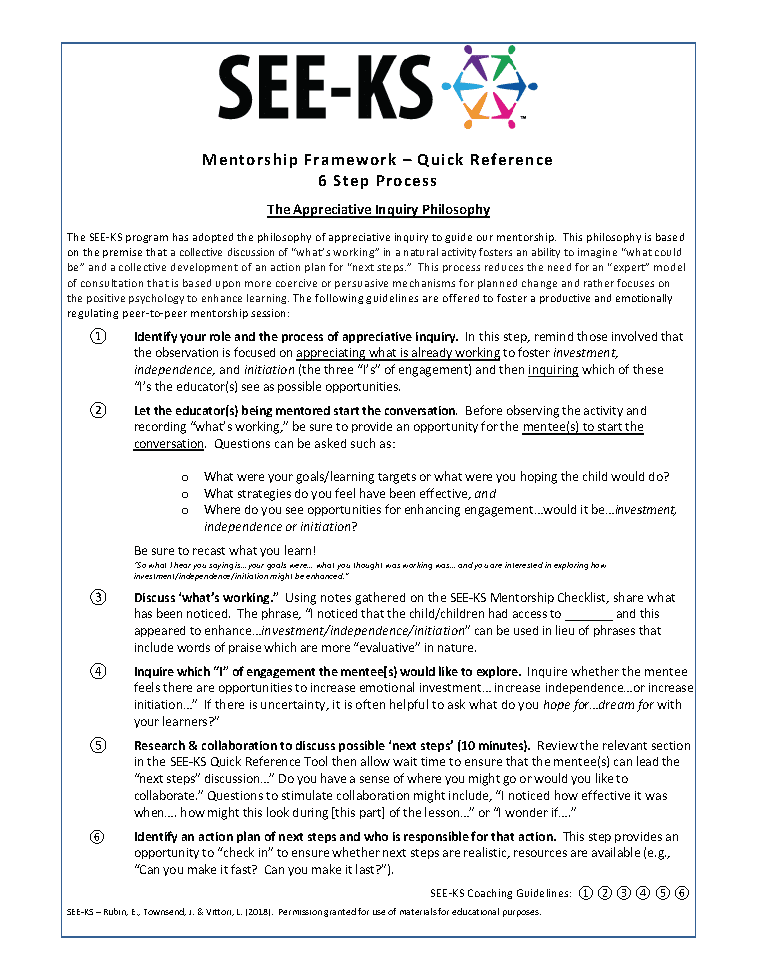
Language development dramatically and positively impacts life outcomes–but too often it’s overlooked. Conversely, the failure to develop a capacity for effective communication jeopardizes emotional well-being and educational attainment.
The purpose of Language as a Missing Link is to employ developmentally responsive practices that apply language as a well-being indicator and impact quality of life — from birth through adulthood. The aim is to: (1) build the knowledge, skills, and self-efficacy of individuals, practitioners, and policymakers, (2) sustain through embedded practices, and (3) help address the gap between our knowledge of the impact of language development, engagement as the fuel for language development, and our universal practices and policies.
Learn why language development dramatically and positively impacts life outcomes.
Learn practical steps everyone can take to proactively employ language as a well-being indicator.
Learn how to implement the “why” and “what” in a manner that’s sustainable for individuals, practitioners, and policymakers.
Language Development by Age Band
Use this freely accessible tool to notice children’s expressive, receptive, and pragmatic language development typically expected for activities or settings for their age level, from birth through 18. Noticing these indicators of language development helps inform all who interact with children and teens of the need to be developmentally responsive.
Social Engagement Ladder
Engagement is the means by which we proactively gauge language development, from birth through high school. The Social Engagement Ladder monitors whether children are actively engaged in everyday activities that involve social interaction. This tool measures rates of investment, independence, and initiation when engaging in everyday activities. When children are engaged, their use of language is frequent, functional, socially oriented, and fluid across settings.
Whole Group
The whole group Social Engagement Ladder helps when monitoring whether a group of children are actively engaged within large group settings such as classrooms, social and therapeutic environments, and court proceedings.
Individual
An individual version of the Social Engagement Ladder is used to provide additional information about children, illustrating levels of engagement of that individual in daily interactive routines.
Learn how to use the Social Engagement Ladder as a tool to measure engagement.
Emily Rubin, director of Communication Crossroads, describes the three elements of engagement—investment, independence, and initiation—and describes how monitoring these levels on the social engagement ladder can empower us to fuel learning. Then she shares how to use the social engagement ladder as a tool to measure engagement with children who are entering the early childhood years, in the elementary school-aged years, or in the secondary school setting.
Three elements guide engagement: investment, independence, and initiation.
Infant and Toddler
Early Childhood
Elementary
Teenagers and Secondary School-Aged Settings
Quick Reference Tool
This freely accessible resource provides guidance on enhancing everyday routines with strategies to foster engagement for all children—from those who are not yet using words to those with emerging language, developing language competence, or fully conversational.
Six-Step Mentorship Tool
This freely accessible resource provides a framework to implement an appreciative inquiry-based approach to peer mentorship in which we observe what’s already working to enhance engagement and brainstorm opportunities for next steps.
Visit SEE-KS.com to learn more about the Social Engagement Ladder, Quick Reference Tool, and Six-Step Mentorship Tool.




